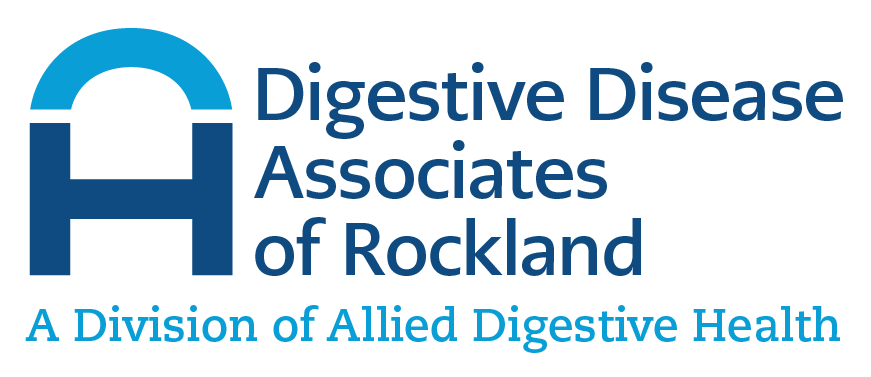What is a Luminal Stent?
Stents are devices that create space when a duct or vessel has become obstructed. An enteral stent is a type of stent that is inserted in the digestive tract if a patient has a growth creating an obstruction in the esophagus, stomach, small intestine or colon.
Rigid plastic stents were the only type of stents available until the 1990s, and complication rates were significant. Now, there are self-expandable metal stents (SEMS), self-expandable plastic stents (SEPS), and biodegradable stents.
The enteral stent is a self-expandable metal stent. SEMSs are made of woven, knitted or laser cut metal mesh cylinders that exert self-expansive forces until they reach their maximum diameter. Both ends of the SEMSs are flared to prevent movement after they have been placed. They are packaged in a compressed form and are contained in a delivery device. Some SEMSs are covered or partially covered by plastic or silicone to prevent the tumor from growing into the mesh, but enteral stents are currently manufactured uncovered.
Why is Luminal Stent Placed?
If the setting of a growth (i.e. tumor, cancer) is causing a blockage somewhere in the gastrointestinal tract, a doctor may suggest an enteral stent for two reasons:
- Palliative care—Enteral stents are often used to treat malignant obstructions. In advanced colorectal disease or esophageal cancer, doctors may recommend a stent when surgery, chemotherapy and radiation are no longer the best option. In patients with esophageal cancer, stenting provides relief of dysphagia (difficulty swallowing) in 95 percent of patients. For patients with colorectal cancer, enteral stents create space in an obstructed bowel so that stool can pass. The goals of stents in palliative care are management of symptoms and improved quality of life.
- Preoperative decompression—Enteral stents can also be used as a temporary treatment to alleviate a blockage in the colon. Often, an obstruction in the colon would require immediate surgery, but a stent could convert an emergency procedure into an elective procedure and could prevent the need for a colostomy. If you are at increased risk for complications as a result of emergency surgery, an enteral stent could be the preferred method of treatment for you. Studies have shown that colonic stent insertion followed by elective surgery is more effective and less costly than emergency surgery.
The use of enteral stents has expanded to the treatment of benign digestive conditions as well, such as strictures, bleeding varices and fistulas in the gastrointestinal tract.
How Does One Prepare for Luminal Stent Placement?
The doctor will assess the length of a patient’s stricture and the degree of obstruction by endoscopy, computerized tomography (CT), barium enema, radiography or fluoroscopy. The stricture will be marked from end to end and measured. It is important to have a stent that is longer than the stricture so there is less risk of stent movement (migration).
If a patient has a complete colon obstruction, he/she may need to take prophylactic antibiotics before the enteral stent procedure because the introduction of air during the procedure could cause infection and microperforation. If a patient has a partial obstruction, he/she may need to prepare the bowel with one or two enemas or a full colonoscopy prep.
The patient will need to provide the doctor with a list of all current medications, and the patient will be notified if there are any medications that should be stopped before the procedure.
How is Luminal Stent Performed?
The operating room will be equipped with fluoroscopy (continuous x-ray image on a monitor) which will allow the doctor to view the obstruction on a screen.
The doctor will place the enteral stent by endoscope or colonoscope with a specialized working channel using a method called TTS Placement (Through The Scope Placement). The doctor will use the scope to identify the obstruction and will insert a guidewire through the obstruction. Once the guidewire is in position, the stent is passed over the guidewire and placed at the site of the obstruction. Once the stent is positioned across the stricture, radial forces anchor it in place.
The doctor will use the fluoroscope to carefully inspect the stent to make sure that the ends of the stent are flared and fully expanded to make a “waist.” If the stent is too short, another stent may overlap the first stent to fully open the stricture.
The duration of the procedure will vary according to how difficult it is to access the obstruction. Stent insertion usually takes at least one hour.
What Happens after Luminal Stent is Placed?
Patients will be taken into a recovery area for monitoring as the sedative wears off. For several hours after the procedure, patients should only consume clear liquids. If a patient has a stent inserted for an esophageal obstruction, he/she will need to alter their diet. The texture of the food needs to be moist and soft to go down the esophagus easily. Some good examples of soft foods would be scrambled eggs, applesauce or cream of wheat. It is important that patients chew all food thoroughly, take small bites, and remain in an upright position at least 30 to 60 minutes after eating.
Successful stent placement should bring immediate results. If a patient has an esophageal obstruction, he/she should be able to swallow with ease. For a colon obstruction, patients should be able to pass stool and gas shortly following the procedure.
What are the Risks Associated with Luminal Stent Placement?
Initial risk factors of enteral stents may include:
- Perforation
- Bleeding
- Malposition
- Tracheal compression
- Reflux
Later complications may include:
- Stent migration
- Tumor ingrowth
- Fistulization
- Hemorrhage
Enteral stents are a successful solution for palliative care in cancer patients and preoperative decompression for individuals who would otherwise need emergency surgery. Stenting has been proven to be safe and successful for all age ranges and has expanded into the realm of benign strictures. It is certain to expand further as biodegradable stents and drug-eluting stents are studied and developed.

